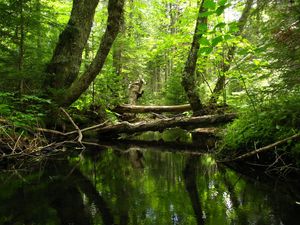What are the types of aquifers?
There are two types of aquifers. One type is known as confined aquifers, which are confined by an impenetrable layer of rock or soil, and the other type is known as an unconfined aquifer, which is not confined by impenetrable material.
Unconfined Aquifers:
These aquifers have a water table that is exposed to the atmosphere and is not confined by an impermeable layer above. Water in unconfined aquifers is more susceptible to surface influences.
Confined Aquifers:
Confined aquifers are situated between two impermeable layers that prevent water movement above and below. The water in these aquifers is often under pressure, and they may contain artesian wells where water rises without pumping.


